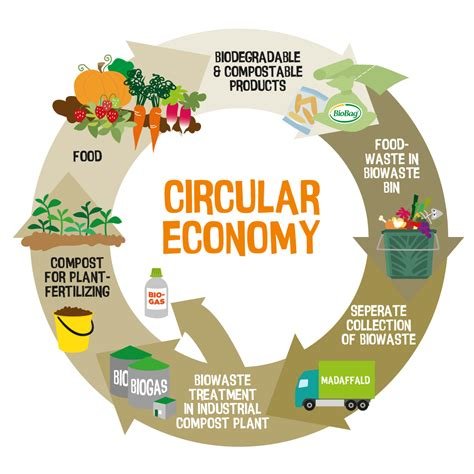
Our relationship to food
is our relationship to life
Our modern food system is a drastic deviation from 300,000 years of healthy eating.
In less than 100 years, a few private businesses, using new technologies, have taken over our food system, heavily promoting processed foods high in preservatives, enhancers, artificial colors, sugar, salt, and unhealthy fats, leading to high rates of obesity, diabetes, heart disease, and other chronic illnesses.
Nationwide surveys show that approximately 70% of adults are either overweight or obese. The health impacts of poor nutrition lead to increased healthcare costs, estimated to be in the billions annually.
The modern food monopolies are not only toxic, they’re highly inefficient.
The US food system wastes approximately 30-40% of its food supply, consuming vast amounts of water, leading to depletion of water resources and impacting ecosystems, contributing to economic loss and large-scale environmental harm.
Small farms have been marginalized, and farm workers face poor working conditions, low wages, and lack of job security leading to the erosion of knowledge and practices that promote local healthier products and sustainability.
And despite being one of the wealthiest nations, a significant portion of the U.S. population experiences food insecurity, highlighting economic disparities and inefficiencies in food distribution.
Good food
Spain, Iceland, Italy, Switzerland, and Japan frequently top health and well-being lists due to diets rich in fresh fish, vegetables, fruits, and lean meats.
The Japanese practice of "hara hachi bu" (eating until 80% full) contributes to their long life expectancy and low obesity rates.
Having a good food culture is cultural as well as economic.
A 6-step plan to a good food economy
Local Production and Consumption:
Urban Agriculture: Encourages the use of urban spaces for growing food through rooftop gardens, vertical farming, and community gardens.
Source: Ellen MacArthur Foundation
Farm-to-Table Networks: Develops direct connections between local farmers and consumers through farmers' markets, Community Supported Agriculture (CSA) programs, and local food co-ops.
Source: Local Harvest
Elimination of Processed Foods:
Whole Food Diets: Promotes diets based on whole, minimally processed foods, emphasizing fruits, vegetables, whole grains, and lean proteins.
Educational Campaigns: Implements public education campaigns to raise awareness about the health benefits of whole foods and the dangers of processed foods.
Reduction of Packaging Waste:
Zero-Waste Stores: Encourages the establishment of zero-waste grocery stores where customers bring their own containers to buy bulk items.
Source: Zero Waste Home
Biodegradable Packaging: Promotes the use of biodegradable and compostable packaging materials.
Source: Sustainable Packaging Coalition
Healthy and Diverse Foods:
Agroecology: Supports farming practices that enhance biodiversity, improve soil health, and reduce reliance on chemical inputs.
Seed Diversity Programs: Protects and promotes the use of diverse, heirloom, and indigenous seeds.
Source: Seed Savers Exchange
Global Systems Integration:
Fair Trade: Ensures that global food trade practices are fair and support sustainable development in producing countries.
Source: Fair Trade Certified
Climate-Resilient Supply Chains: Develops resilient food supply chains that can adapt to climate change impacts, ensuring global food security.
Source: United Nations Climate Change
Examples and Case Studies
Denmark's Organic Transformation: Denmark has implemented policies that promote organic farming and sustainable food practices, aiming to become an entirely organic country.
Source: The Local Denmark
Freiburg, Germany: Known for its sustainable food practices, Freiburg has extensive urban gardening projects and a strong local food economy.
Source: The Guardian






